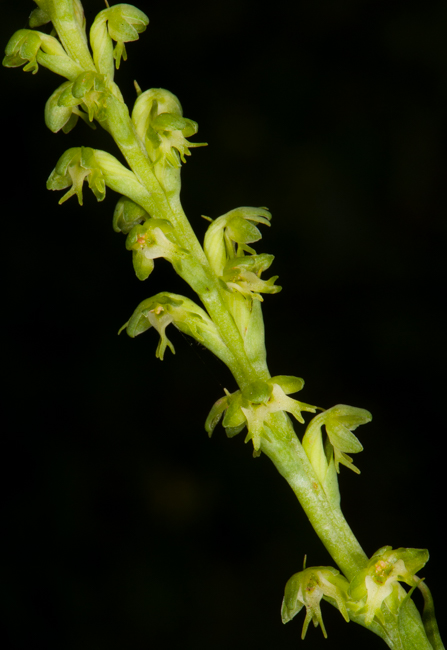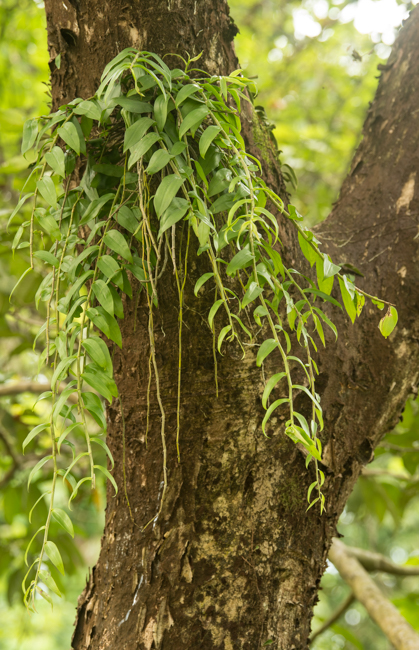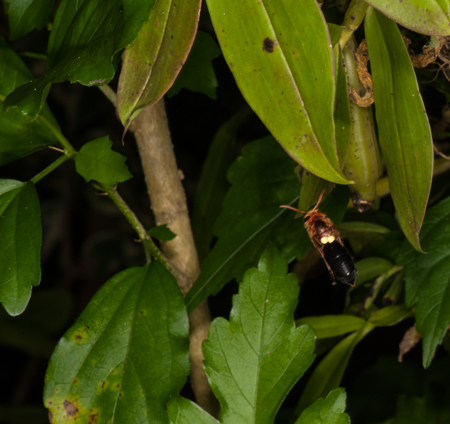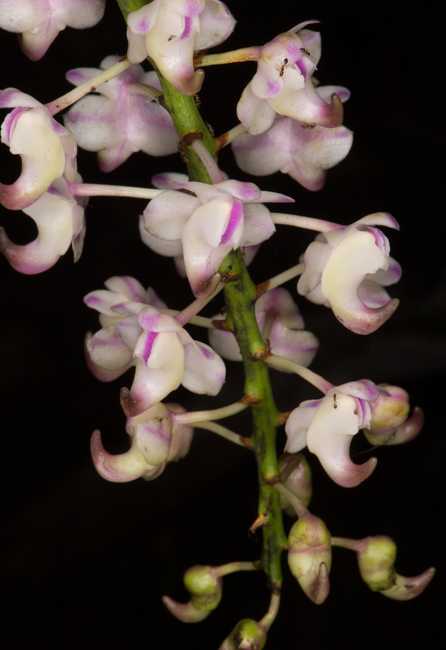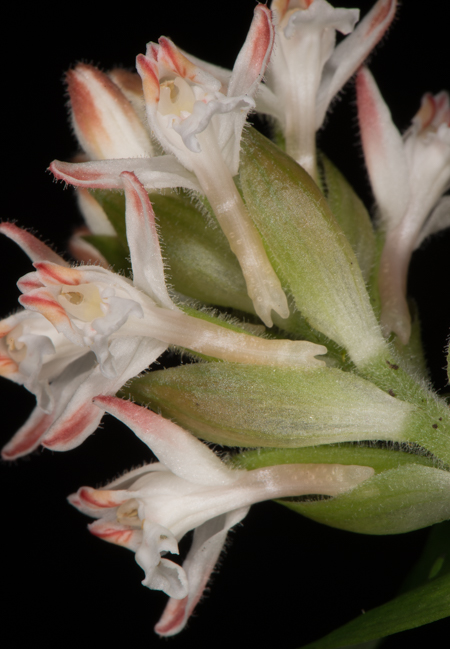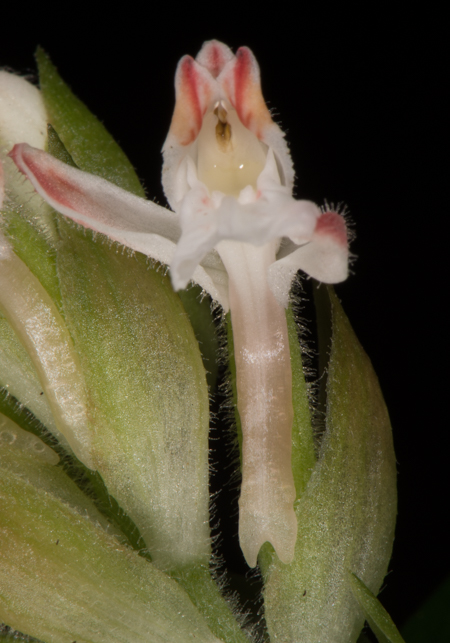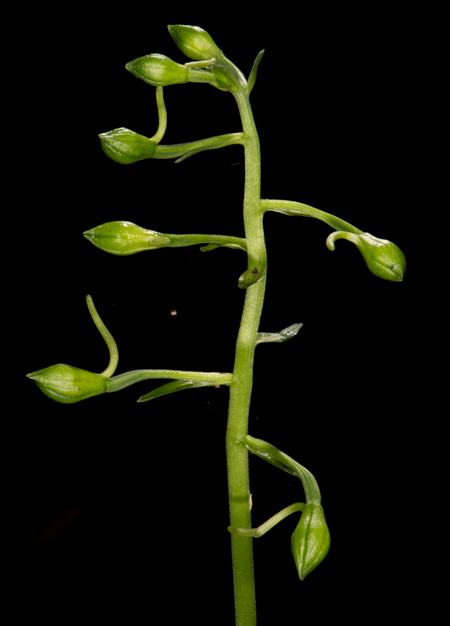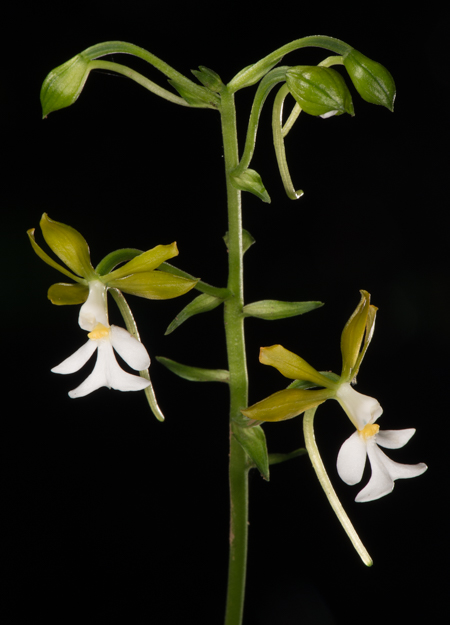Orchids have developed many resources to attract different pollinators. Nectar is one of the most prominent of those. Many floral parts have developed to great extent to contain the nectar and to attract pollinators with their own mechanisms.
A unique and not so common way to attract pollinators is by providing nectar in grooves or channels on the surface of the lip, the most exposed floral part. As the pollinators land on the lip, the shiny wet grooves or channels lead them to the pollinarium to help in pollination.
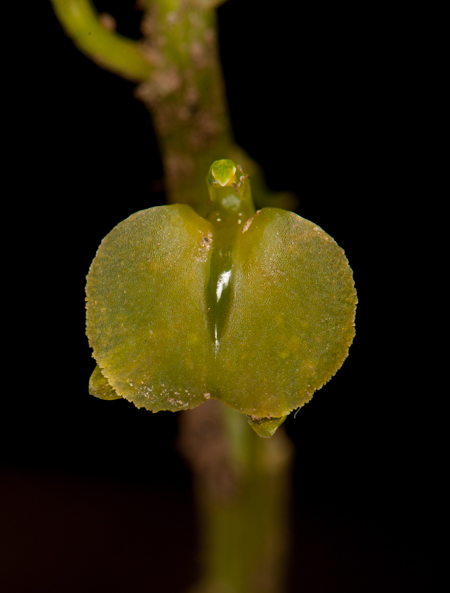

Post 24 – 30/October/2020


